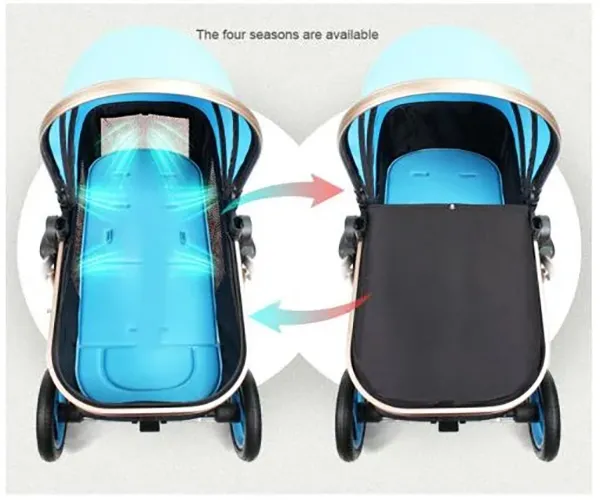
- Afrikaans
- Albanian
- Amharic
- Arabic
- Armenian
- Azerbaijani
- Basque
- Belarusian
- Bengali
- Bosnian
- Bulgarian
- Catalan
- Cebuano
- Corsican
- Croatian
- Czech
- Danish
- Dutch
- English
- Esperanto
- Estonian
- Finnish
- French
- Frisian
- Galician
- Georgian
- German
- Greek
- Gujarati
- Haitian Creole
- hausa
- hawaiian
- Hebrew
- Hindi
- Miao
- Hungarian
- Icelandic
- igbo
- Indonesian
- irish
- Italian
- Japanese
- Javanese
- Kannada
- kazakh
- Khmer
- Rwandese
- Korean
- Kurdish
- Kyrgyz
- Lao
- Latin
- Latvian
- Lithuanian
- Luxembourgish
- Macedonian
- Malgashi
- Malay
- Malayalam
- Maltese
- Maori
- Marathi
- Mongolian
- Myanmar
- Nepali
- Norwegian
- Norwegian
- Occitan
- Pashto
- Persian
- Polish
- Portuguese
- Punjabi
- Romanian
- Russian
- Samoan
- Scottish Gaelic
- Serbian
- Sesotho
- Shona
- Sindhi
- Sinhala
- Slovak
- Slovenian
- Somali
- Spanish
- Sundanese
- Swahili
- Swedish
- Tagalog
- Tajik
- Tamil
- Tatar
- Telugu
- Thai
- Turkish
- Turkmen
- Ukrainian
- Urdu
- Uighur
- Uzbek
- Vietnamese
- Welsh
- Bantu
- Yiddish
- Yoruba
- Zulu
Nov . 14, 2024 07:26 Back to list
how to adjust shimano front derailleur on mountain bike
How to Adjust Shimano Front Derailleur on Mountain Bike
The front derailleur is a crucial component of your mountain bike's drivetrain, enabling smooth shifting between the chainrings. If you're experiencing issues with shifting, such as poor alignment or skipping, it might be time to adjust your Shimano front derailleur. Here’s a step-by-step guide on how to make those adjustments effectively.
Tools Needed
Before you begin, gather the necessary tools - Phillips or flathead screwdriver - Allen wrenches (if required) - Bike stand (optional but helpful)
Step 1 Prepare Your Bike
Ensure your bike is clean and on a stable surface. If you have a bike stand, use it to elevate the bike. Shift your bike to the smallest chainring and the largest rear cog. This position helps you work with the derailleur under tension and ensures proper adjustment.
Step 2 Check the Initial Alignment
Inspect the front derailleur’s alignment relative to the chainrings. The outer plate of the derailleur should be about 1-3mm above the teeth of the large chainring. If there’s too much clearance, it can lead to poor shifting. Conversely, if it’s too low, it can cause the chain to rub against the derailleur.
To adjust the height, locate the mounting bolt on the derailleur. Loosen this bolt slightly, adjust the derailleur's height, and then securely tighten the bolt once the correct height is achieved.
Step 3 Adjusting the Limit Screws
how to adjust shimano front derailleur on mountain bike

Shimano front derailleurs come equipped with limit screws labeled “H” (high) and “L” (low). These screws control how far the derailleur can move towards each chainring.
1. Adjust the High Limit Screw (H) Shift into the largest chainring. The chain should run smoothly without rubbing against the derailleur’s outer plate. If the chain rubs, turn the “H” screw clockwise to move the derailleur inward. If the chain doesn’t shift up, turn the screw counterclockwise to allow more movement.
2. Adjust the Low Limit Screw (L) Shift back to the smallest chainring. The derailleur should move freely without rubbing against it. If it does, adjust the “L” screw in a similar manner to the “H” screw – clockwise to move it inward, counterclockwise to allow it to move further out.
Step 4 Fine-Tune the Cable Tension
Finally, check the cable tension. If the derailleur is not moving smoothly or if it takes extra force to shift, you may need to adjust the cable tension using the barrel adjuster. Turning it counterclockwise increases tension, while clockwise reduces tension. Make small adjustments and test the shifting, ensuring it moves smoothly across all chainrings.
Step 5 Test Ride
After making these adjustments, take your bike for a test ride. Pay attention to how the bike shifts under load and if any rubbing persists. If necessary, go back and make additional tweaks.
Conclusion
Adjusting your Shimano front derailleur may seem daunting, but with patience and careful adjustments, you can achieve smooth shifting and enhance your riding experience. Regular maintenance and minor tweaks can go a long way in keeping your mountain bike in top condition. Happy riding!
-
The Ultimate Kids' Four-Wheeler Experience
NewsJul.09,2025
-
The Ultimate Guide to Mountain Bikes: Gear Up for Your Ride
NewsJul.09,2025
-
The New Age of Cycling: Electric Bikes for Every Rider
NewsJul.09,2025
-
The Best Kids Bicycles: Ride in Style and Safety
NewsJul.09,2025
-
The Best 3-Wheel Scooters for Kids: Fun, Safety, and Adventure
NewsJul.09,2025
-
Revolutionize Your Ride: Affordable Electric Bikes
NewsJul.09,2025
-
Finding the Perfect Mountain Bike for Every Rider
NewsJul.09,2025



